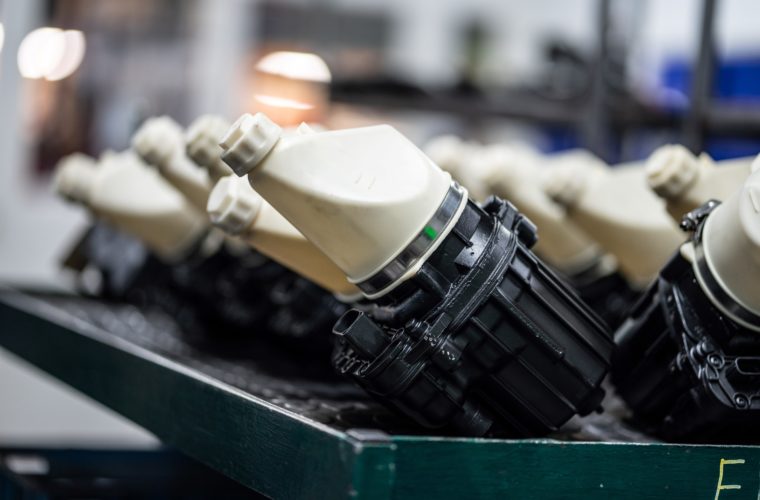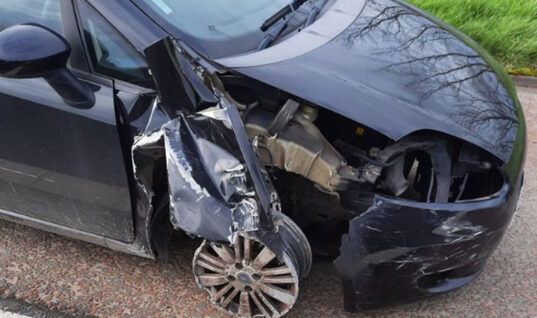Transmissions supplier, Shaftec has explained to GW what it takes to ‘virginalise’ electrically powered steering (EPS) in a question and answer interview.
What does ‘virginalising’ a part actually mean?
Before you can successfully fit a replacement non VM specific aftermarket electric power steering (EPS) part, the original fault codes which rendered this part obsolete in the first place will have to becleared from the vehicle’s memory.
So, simply put -this means removing any codes stored in the component’s memory so it can be recoded to work within the vehicle it’s being fitted to.
Why does this need to be done and what happens if it’s not?
If this isn’t done, the car will automatically transfer the old fault code to the new unit.
Nothing will be able to clear this except the fitment of a further brand new unit back to square one.
Not clearing the faults can have other unpleasant knock-oneffects: the steering electronic control units (ECUs) in some cases control other parts of the car, so this whole affair could in a worst case scenario-incredibly inconveniently – immobilize the vehicle.
So how is this done?
To do this you need thecorrect diagnostic equipment; which is expensive and thus requires substantial investment.
Or, you source a remanufactured steering rack which has already been ‘virginalised’.
And this means that the investment falls to the parts manufacturer.
Enter Shaftec – where the memory on all remanufactured EPS racks and pumpsis completely wiped.
This means that the part can be plugged in and –in the vast majority of cases -will automatically learn all the relevant details from the car it is fitted to.
We use the latest addition to the Shaftec equipment family –our mobile EPS diagnostic machine.
This reads and clears fault codes on all electric steering components.
This is done both at the start of the process to make sure the core unit is suitable for remanufacture and at the end of the remanufacturing process to confirm all is as it should be before the part is boxed and labeled.
It plugs into the terminals of the steering unit, providing the electricity to power up the component and retrieve any fault codes logged in the memory before the mechanical elements are tested on the EPS testing rig.
This original chassis code is then cleared and the unit ‘virginalised’.
The benefits of this plug and play ethos include a bigger range of part numbers available, speedier diagnosis of faults and massively increased in-house control.
This state of the art diagnostic equipment tests assistance, speed and angle sensors during a ‘real world’ simulation with visual readouts on the screen.
Each unit has a locating position on the rig: pumps on the left, racks on the front and column drives on the right.
Here, they are securely located allowing the simulation to occur and test that the parts work as they should in a car being driven.
Torque sensors and steering angles can be checked, fault codes stored in the ECU can be cleared and it can also assess the assistance the rack is giving at different speeds; providing a much clearer picture of the components ability to react to real life situations.
How can I tell if a part has been virginalised?
Well, all Shaftec branded EPS parts are virginalised as standard as part of the remanufacturing process.
To prove this, we cover the electrical terminals with a security sticker to reassure the mechanic that the unit hasn’t been fitted to anything since it has been virginalised.
For further information about Shaftec, select ‘more details’ below.







